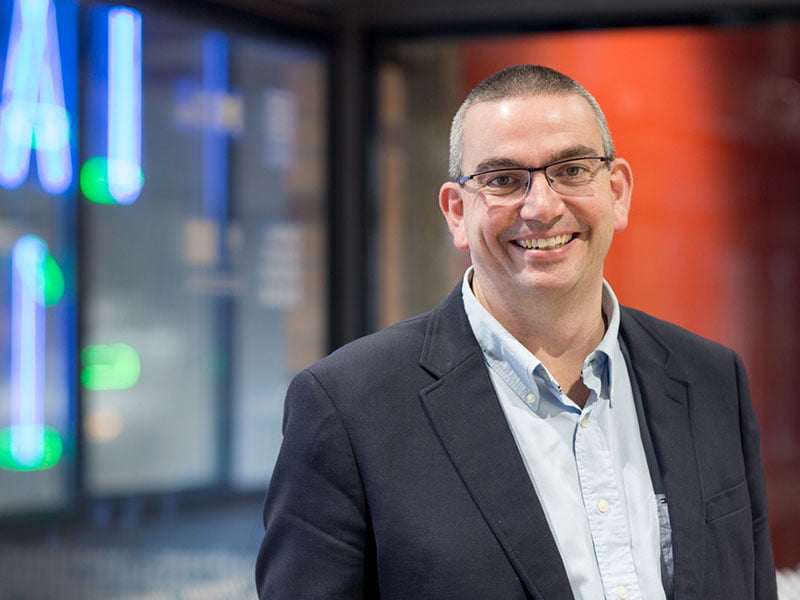Innovation and Science Australia’s chief executive officer Charlie Day quietly left the organisation last Friday after three years’ commuting between Melbourne and Canberra.
Dr Day took the helm of the ISA late 2016, not long after its inaugural board of directors had been constituted under former chairman Bill Ferris. He played a key roll on the development of the ISA’s 2030 plan, Australia 2030: Prosperity through innovation, which was released in 2018 and continued from there to work within the institutional ecosystem to drive innovation policy.
“Charlie indicated to me last year that, after three years of commuting between Canberra and Melbourne, he wanted to return to Melbourne to be closer to his young family,” ISA chair Andrew Stevens said.

The Office of Innovation and Science Australia’s current chief operating officer Kate Cameron has been appointed to the role in an acting capacity until a permanent replacement is found. Dr Cameron, who has a PhD in Mathematics from the University of Queensland, has been at ISA for a year and had previously most recently worked at Rand Corporation.
Dr Day oversaw the distillation of big picture innovation policy through a tumultuous time in Australia. He came on-board at the tail-end of a heady time in innovation politics shortly after former Innovation Minister Wyatt Roy had lost his seat and when then-Prime Minister Malcolm Turnbull’s initial enthusiasm for the innovation politics had waned.
Regardless, the implementation of the initial NISA policies was an “intense policy burst” for innovation in Australia and has had a significant positive impact on the nation, Dr Day told an Australian Academy of Technology and Engineering lunch in Melbourne.
While government had not followed on with a “second wave” of NISA, it had nonetheless continued to make further policy announcements in innovation and science on a continuing basis.
Dr Day cited the initial injection of funding into Data61 to cement its critical capability within CSIRO as a crucial early win for NISA. “Given the intense interest around Artificial Intelligence and Machine Learning today, the establishment of Data61 as a core national resource was a timely decision.”
Other success NISA policy forays included the creation of the $500 million Biomedical translation Fund, which provided a shot in the arm for VC in the Life Sciences sector, as well as the pilot and subsequent roll-out of the Business Research and Innovation Initiative (BRII), a reformation in government procurement aimed at driving better innovation outcomes.
“[BRII] is still smaller than I would like it to be but in my view represents an important move towards driving innovation through government procurement, which has worked well overseas,” Dr Day said.
Looking to the future, Dr Day, who will remain in the sector, albeit working from Melbourne, identified three key challenges.
The first is the low level of investment by Australian businesses into research and development. This is a known problem and one that the ISA board has grappled with since it was created.
“Across the board Australian business is not investing in innovation at the rate that we need to drive future productivity growth,” he said. “It’s a complex problem, and one where the distinctiveness of our innovation ecosystem (and our economy) needs to shape our thinking.”
Secondly, at the same time business has reduced investment in innovation, the federal government has also been cutting back. And this is a problem.
And thirdly, the generally more isolationist trend in international affairs also presents a risk “to Australia’s innovation system, as it is very much in our best interests to be embedded in international flows of talent and technology.”
“Innovation requires continued engagement internationally, as well as an ongoing commitment to open movement of talented people into Australia,” Dr Day said.
It’s not all gloom in the Australian innovation ecosystem, he says. There are huge opportunities and many bright spots to be optimistic about. But like any ecosystem, it is complex and will take on-going attention and nurturing, Dr Day said.
“The opportunity to work with and learn from the talented people we have in our innovation system has been one of the highlights of my career. I am also tremendously excited by the talent I see in the next generation of Australian innovators.”
Do you know more? Contact James Riley via Email.

